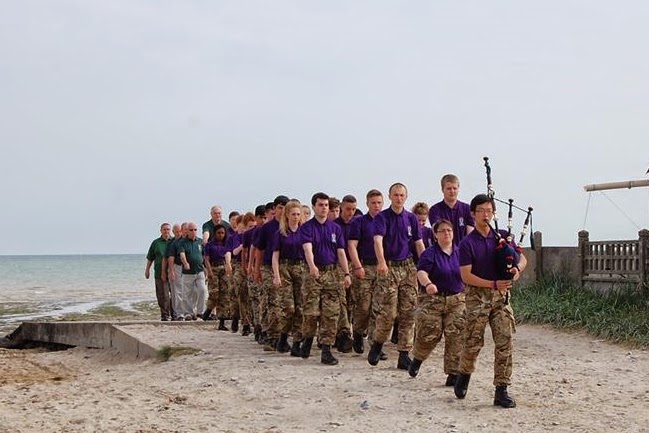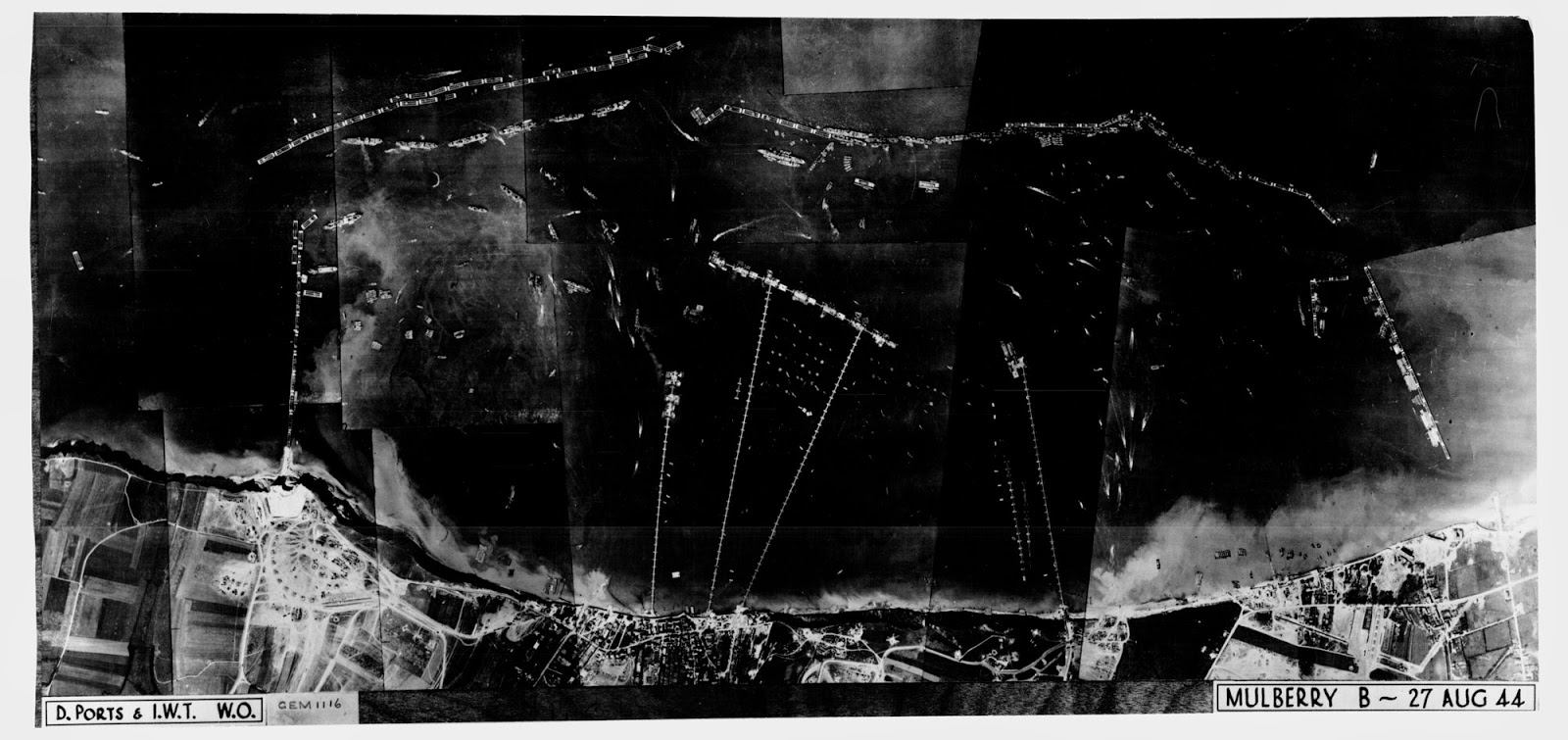 |
| Magpie Music Newcastle Civic Centre Massed Pipes and Drums |
 |
Peter Albert Ian Clare
|
Ubique - Everywhere

 |
| The Response - Haymarket Newcastle |
.jpg) |
| Non sibi sed patriae The response 1914 |
 |
| The Response - Farewell |
 |
The Response - Soldier says goodbye |
 |
| The Response - Unveiling 5th July 1923 |

 |
| Parade on the march |
 |
| Tyneside Scottish Pipe Band |
 |
| Veteran Contingent |
 |
| 49 West Riding Division Memorial Fontenay Le Pesnel |
.jpg) |
| 49 West Riding Division Memorial Fontenay Le Pesnel |
 |
| 49 West Riding Division Memorial Fontenay Le Pesnel |
 |
| Fontenay Le Pesnel CWGC Cemetery |
 |
| Fontenay Le Pesnel CWGC Cemetery |
.jpg) |
| Fontenay Le Pesnel CWGC Cemetery |
 |
| Fontenay Le Pesnel CWGC Cemetery Private JA Robertson 1st Battalion Tyneside Scottish (Black Watch) |
| Rank | Initials | Surname | Died | Aged | Service No. | Grave Ref. |
| L/Cpl | G M | BROOK | 28/06/1944 | 19 | '14415091' | III. C. 7. |
| L/Cpl | G | GOODWIN | 28/06/1944 | 24 | '4460943' | III. C. 10. |
| Pvt | J | HARRIS | 29/06/1944 | '4455575' | III. B. 10. | |
| L/Cpl | E | HARRISON | 28/06/1944 | 29 | '3061770' | III. C. 9. |
| L/Sjt | L W | JOHNSTON | 28/06/1944 | 28 | '3061778' | III. A. 3. |
| Pvt | J | O'HAGAN | 01/07/1944 | 28 | '4461062' | IV. D. 3. |
| Pvt | J A | ROBERTSON | 02/07/1944 | 17 | '14430216' | IV. D. 18. |
| Cpl | J G | SIMPSON | 01/07/1944 | 29 | '407007' | IV. C. 20. |
Rauray Battlefield panorama
Looking towards QUEUDVILLE - moving through 5 Cornered Field
North to farm and RAURAY then towards BRETTEVILLETE
|
| Looking South to QUEUDVILLE over the RAURAY SPUR |
 |
| Five cornered field |
| Looking South - RAURAY left / farm right |
 |
| Looking West to BRETTEVILLETTE |
 |
| Rauray Battlefield |
 |
| Piper on the Rauray Spur |
 |
| Remembering the losses of 1st Battalion Tyneside Scottish |
 |
| Gold Beach |
.jpg) |
| Gold Beach |
 |
| Gold Beach TS arriving on the beach |
 |
| Gold Beach TS marching off |
 |
| Gold Beach TS piped off the beach |
 |
| Mulberry Harbour Concept |
 |
| Mulberry caissons being towed into position |
 |
| Mulberry Harbour |
 |
| Mulberry Harbour roadway |
 |
| Mulberry B harbour - Arromanches |
 |
| Arromanches Map |
| Arromanches Panorama - Port Winston |
 |
| Arromanches Mulberry Harbour remains |
 |
| Arromanches |
 |
| Arromanches Roadway remains |
 |
| Port En Bessin location |
 |
| Port En Bessin 1944 EAST WEST |
 |
| Port En Bessin 2014 EAST WEST |
| Panorama from Eastern feature - moving through west & south |
 |
| Port En Bessin - Western feature |
 |
| Port En Bessin - Eastern feature |
 |
| Port En Bessin WEST EAST |
 |
Port En Bessin - Harbour |
 |
| Port En Bessin Memorial |



Hugh Dennis IJ On 10th March 2021, the TV programme the Great British Dig featured Trow Point , ...













